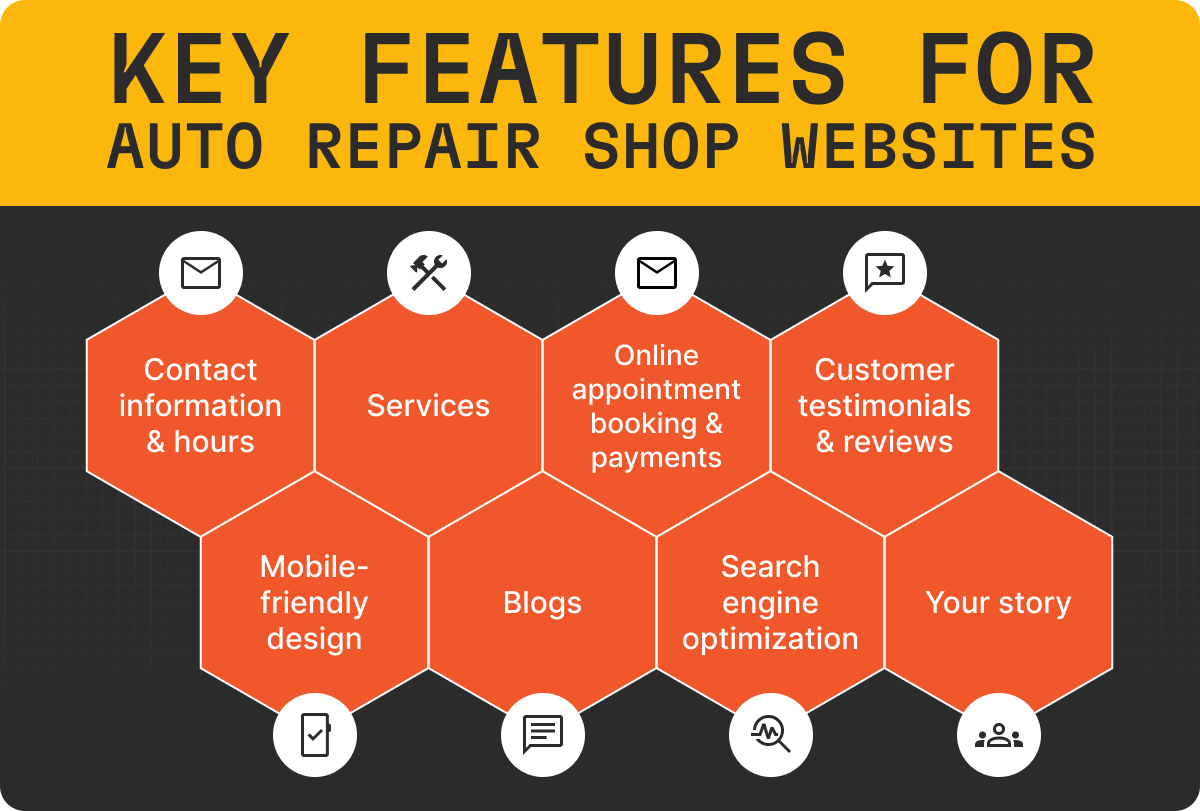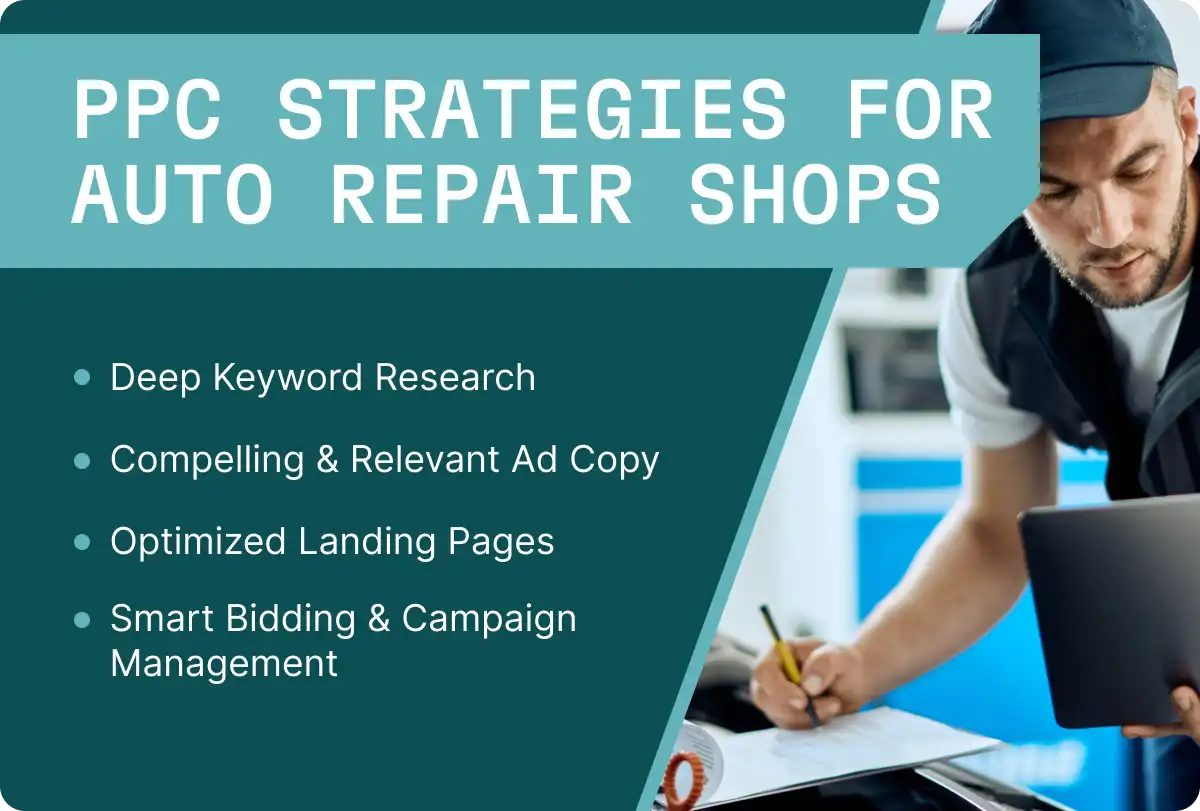Have you submitted your taxes yet, or are you struggling to get your records in order and submit everything on time? Wherever you are in your tax prep process, you need to pull together a plan and act fast or you may have to pay penalties.
Sometimes, even hearing the word taxes can be scary, but unfortunately, taxes are one fear we don’t get to avoid indefinitely. Auto repair shop Tax Day is the same day as everyone else’s Tax Day, and things just get more complicated if you don’t file on time. The clock is running out on your time to file without an extension this year, and even filing for an extension comes with its own deadline.
But if you tackle the process with knowledge and empowerment, doing business taxes and sales tax on car repairs at the shop doesn’t have to be difficult.
Here are five tips that can help you have a better auto repair shop tax season.
Disclosure: the information in this article is not to be taken as formal tax or legal advice. Individual business circumstances vary, and you should always consult with a CPA and tax attorney.
1. Send Out Your 1099s and W-2s
The people you do business with, whether they’re full-time employees or subcontractors, need tax forms sent to them. Anyone under full or part-time non-contract employment with your business will need a W2.
However, 1099s need to go out to anyone who provides services to your business who is not an employee, such as:
- Your landlord
- Accountants
- Subcontractors
Stay on top of deadlines
1099s and W-2s are due on January 31st of each tax year. Sending them to the relevant parties should be your first priority at the start of each year. Make sure you order your forms, if needed, in December so you can have them in time. They can take up to two weeks to arrive!
Your CPA can also handle this task. You’ll need to send them your payroll reports for each employee and subcontractor, so make sure that your records are up to date before you ring up your CPA.
All of your employees, including yourself if your business is an S corp, will need a W-2 form which contains total wages and reports the amount of federal, state, and other taxes withheld.
Make sure you have submitted the appropriate amounts to the correct tax agency. If you are behind, have your CPA help you get caught up and in compliance immediately.
Being behind on payroll tax and sales tax obligations can put your shop out of business.
2. Get Your Books In Order
Day-to-day life as a business owner is hectic. Sometimes, you are so focused on the nuts and bolts that you don’t have time for detailed paperwork and your books end up in a mess. You’ve got a box of receipts and spreadsheets filled with outdated information. What now?
You still have time to make a plan, talk to your CPA, and get those books in order.
Your CPA will need all of your records such as loans, payroll, profits, and major purchases in order to help you do your tax filing. You’ll need to make sure your books are up to date and accurate. With a system like Tekmetric, you can view real-time reports on business performance and download and send these to your CPA to save precious time if you’re running behind. Some reports you can find in Tekmetric include:
- Sales Tax Reports
- Profits Reports
- Accounts Payable Reports
- Accounts Receivable Reports
You can use these reports to streamline your record-gathering process and make sure no details fall through the cracks. Little mistakes can mean lost deductions, so make sure you share as much information as you can with your CPA.
You’ll thank yourself later for investing your time in updating your books.
As you get your books in order, here are some questions to consider.
Do You Need to File for an Extension?
Talk to your CPA about the deadlines and obligations for your particular business, as it can vary depending on how your business is set up. That way, you can get on the right track toward compliance.
Remember: if you file a request for an extension, that is only for the paperwork, not the taxes due. Taxes must be paid by Tax Day to avoid penalties and fees, though you might still have to pay certain fees if you skipped quarterly taxes in 2021.
Add these dates to your calendar:
- March 15, 2022 is the deadline for extending tax filings to September 15, 2022 for partnership and S corporations
- April 18, 2022 is the deadline to apply for a tax extension to October 17, 2022 for sole proprietorships, C corporations, and single-owner LLCs.
Are You an S Corp?
Under IRS rules, an S corporation must pay a reasonable amount of money to its officers in exchange for provided services. This money is treated as employee wages for tax purposes and not as distributions. If you’re an S corporation owner, make sure you compensate yourself correctly to stay in compliance.
Have You Considered Retirement and Profit-Sharing Plans?
Do you have a retirement plan set up for yourself or your employees?
If you have a profitable shop, it might be worth looking into a profit-sharing or cash balance plan. These contributions need to be made by March 15 (or September 15 if you have applied for an extension).
Are You Complying With Reporting Rules for Cash-Based or Accrual-Based Tax Payers?
Under federal law, cash-based and accrual-based tax payers follow very different rules for reporting.
If this is news to you, you should check out the IRS’s guide, Accounting Periods and Methods.
Are Your Day-to-Day Transactions Current?
Make sure that your day-to-day transactions are all up to date and have been entered and categorized.
This includes:
- Payroll
- Sales
- Received payments
- Bill payments
- Credit card purchases
- Any other transactions
Tekmetric simplifies this process by giving shop owners a wealth of downloadable reports they can quickly save as CSV files.
What About Assets and Depreciation?
Don’t forget your assets! For example, if you finance a lift, it should be categorized as an asset so that you can claim the tax advantage. Other tangible assets you previously purchased will also need to be inventoried in order for them to be depreciated properly.
Your CPA will be able to calculate the depreciation on your shop equipment, which is an important tax deduction that you could miss out on. So, plan accordingly!
Have You Been Doing Bank Reconciliations Monthly?
Take time to catch up on your bank reconciliations. Each month, you should be comparing your books to your bank statements to make sure that every transaction is accounted for. If you don’t, you could miss out on important deductions for business expenses.
3. Gather All Tax Documents
Now that you’ve gotten all your books updated and organized, it’s time to compile everything together to send to your CPA. Tax season is an incredibly busy time for every accounting firm, so you will need to stay in contact with your CPA.
If you still haven’t talked to your CPA this year, make sure to call your CPA to start getting everything in order. Make sure you include digital copies or scans of all of your documents, especially receipts that will be used for deductions.
Shop management software like Tekmetric can radically simplify and speed up the process of getting the documentation you need.
With real-time reports that show you how your business is performing, you can see your income, inventory, profit and loss statements, and other necessary information—without spending hours upon hours calculating everything by yourself (or putting your CPA in that unlucky position)!
Though you will have to pay any taxes owed on time, you may be able to file for an extension if you are still waiting on certain transactions or documents.
Your CPA will need all of your:
- Income and expense records/asset reports
- Inventory total and financial business reports from the year
- Previous year’s tax returns
- Payroll data
- Stock or bond information
- EIN or SSN number
Other documents you will need to gather include:
- Payroll and subcontractor documents: W2s, 1099s, etc.
- Cryptocurrency transactions
- Child tax credit letters
- Gambling bets and wins
- Investments
- COVID-related information: stimulus checks, PPP loans, employee retention credits, etc.
- Income statement
- Balance sheet
- Bank and credit card statements
- Partnership agreements
- Accounting documents
- Asset purchase details
- Depreciation schedule
4.Run a Tax Projection
No one wants to be caught by surprise when it’s tax time. You can forecast your tax situation right now by running a tax projection. Tools like TurboTax can help you run a tax projection, but it’s also helpful to sit down and run a tax projection with your CPA.
If you are in a spot where your books aren’t in order, the main thing your CPA will focus on is to mitigate losses.
Don’t be surprised if your projection includes a number of charges for failing to meet various IRS and state requirements. In the future, however, working with these partners earlier in the year can help you stay ahead of the game and better prepare for business growth.
When running a tax projection, you should include income taxes, sales taxes, payroll taxes, and capital gains taxes in your calculations.
Information You Need for Your Tax Projection
To run a complete tax projection, provide your CPA with:
- Your business income for this tax year: If you’re not sure, you can start with what you reported last year and make an estimate. If your books are up to date, you may just need to run a report.
- Your business expenses for the year: You can use the same method as before to determine expenses, but also consider any big purchases you made this year.
- Your personal taxes (depending on how your business is organized): If so, you will need to include personal income, deductions, credits, exemptions, and any withholding of federal income taxes from your personal income. In the same way as you estimated your business income and expenses, you can use information from prior tax returns.
- If you sold any real property: This is defined as land and anything attached to it. For example, if you closed a location and sold the shop, you will need to include this information as well, as it could be taxed differently than your other income.
There are numerous tax calculators online that you may be able to use. But if you have Tekmetric at your shop, you can pull reports that have automatically calculated a lot of figures for you, like your annual Gross Profit and purchases.
Even if you don’t have a system like Tekmetric, now is the perfect time for you and your team to consider implementing one to help you out moving forward.
Remember, even if you file for an extension, you will need to pay this estimated tax amount, so don’t put off making your projection. And again, we need to stress how important it is to talk to a CPA.
5. Foundations for Next Year
Now that you know what to do and can get everything in your accountant’s hands, you probably feel relieved.
Bookkeeping and tax preparation can be complicated and confusing. Set yourself up for a less stressful tax time by making a follow-up appointment with your CPA to review everything and prepare for next year.
Having a plan and structure in place can alleviate a lot of stress and allow you to focus on what’s important: the success of your auto repair shop.
You and your CPA can discuss various events that may need future planning, such as:
- Setting up additional locations
- Selling your shop
- Renovating your current shop
- Buying large equipment like lifts
- Investing in training programs for your technicians and service advisors
On your journey toward growth and better bookkeeping practices, you should consider implementing shop management software as well. Having a tool that can track your numbers in real time will keep you on top of your books all year and help you track where you are making progress or need to make adjustments in your course.
Eric Joern (CPA and CM&AA) is a Partner at Kaizen CPAs + Advisors. He specializes in helping business owners in the auto repair industry file their taxes so they can stay in compliance with the law. Joern comes from a family of small business owners and is passionate about helping small businesses grow their profits.
For tax questions, email him at ejoern@kaizencpas.com.



.png)
.png)





.svg)



.svg)